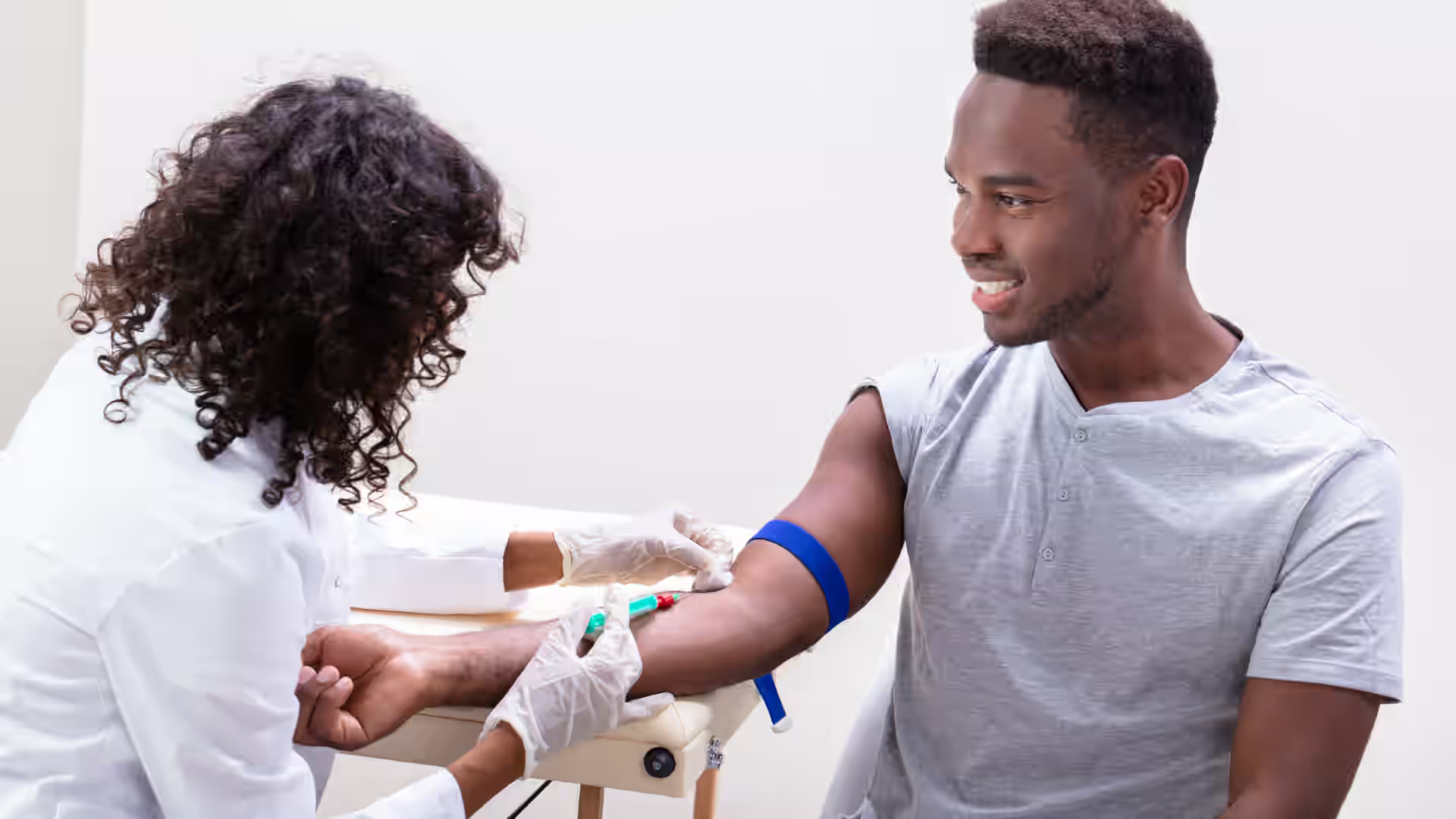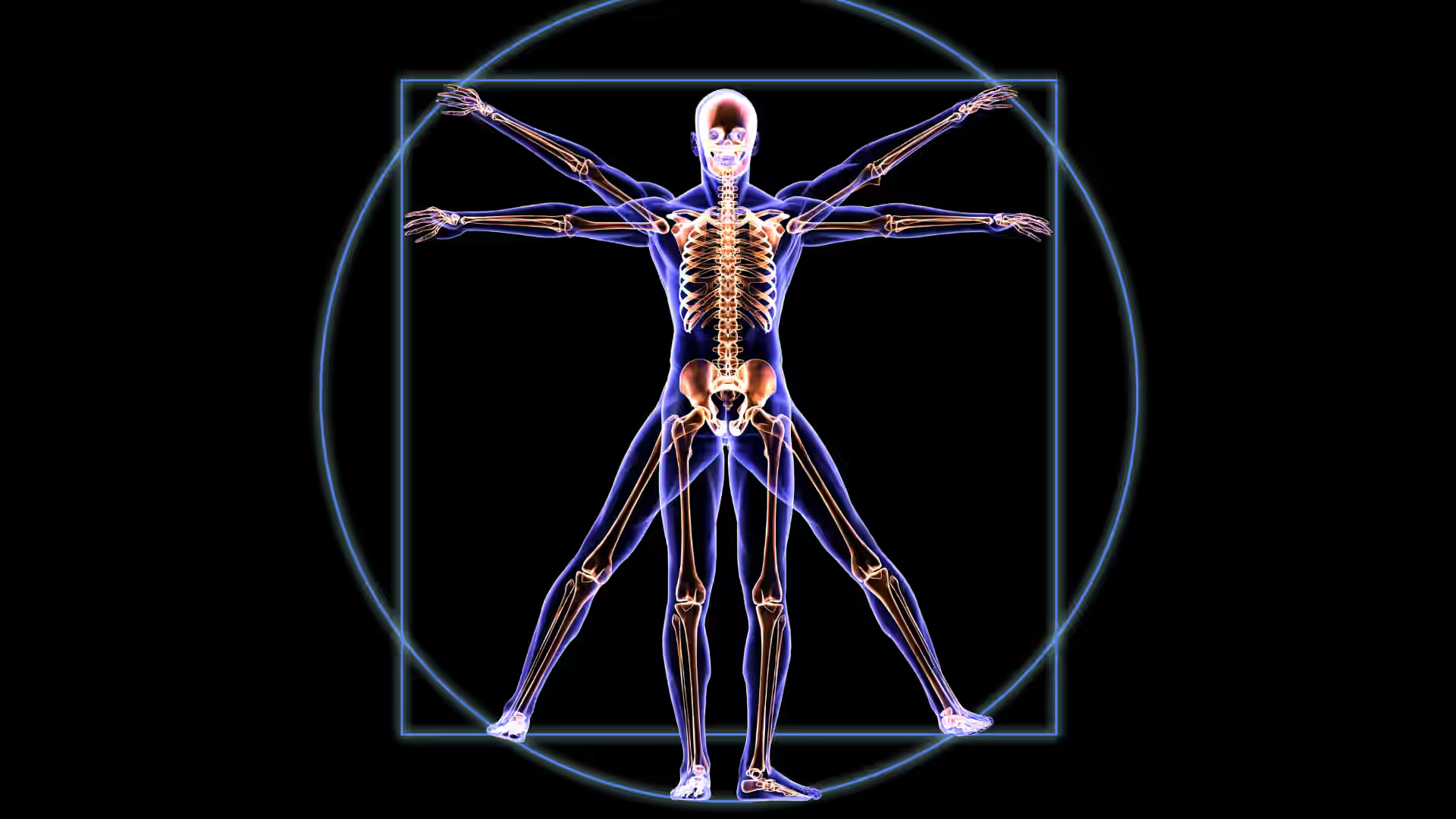Heart disease remains the leading cause of death worldwide. Managing cholesterol levels is a critical step in preventing heart attacks and strokes.
Pravastatin (Pravachol®), a widely prescribed statin, helps lower low-density lipoprotein cholesterol (LDL-C) and reduce the risk of cardiovascular events. Whether you're newly diagnosed or exploring treatment options, pravastatin could be one option in your toolkit to help get your cholesterol under control.
This guide explains the benefits, side effects, dosage, and comparisons of pravastatin to help you and your healthcare provider make informed choices.
[signup]
What Is Pravastatin?
Pravastatin is a medication belonging to a class of drugs called statins, which are used to lower cholesterol levels in the blood.
Statins work by blocking an enzyme in the liver (HMG CoA reductase) that catalyzes the rate-limiting step in cholesterol production. By blocking this enzyme, statins reduce the amount of cholesterol the body makes and the total amount of cholesterol in circulation.
Pravastatin is classified as a hydrophilic statin, meaning it is water-soluble. This characteristic affects how the drug is absorbed and processed in the body compared to lipophilic statins (e.g., atorvastatin), which are fat-soluble. Hydrophilic statins may result in a lesser cholesterol reduction but may also be less likely to cause side effects than lipophilic statins.
Positive lipid outcomes associated with pravastatin include:
- Reductions in lipid markers associated with arterial plaque deposition and atherosclerosis: total cholesterol (TC), LDL-C, very-low-density lipoprotein (VLDL), triglycerides (TG), and apolipoprotein B (ApoB)
- Increases in high-density lipoprotein cholesterol (HDL-C, "good cholesterol")
Uses of Pravastatin
Pravastatin is approved by the U.S. Food and Drug Administration (FDA) as an adjunctive therapy to diet to:
- Treat high cholesterol, hypertriglyceridemia, and mixed dyslipidemia in adults
- Treat heterozygous familial hypercholesterolemia in children and adolescents (ages 8 years and older) who do not respond to dietary intervention.
- Prevent cardiovascular events in patients at high risk of or with established coronary artery disease (CAD)
The American Heart Association (AHA) and the American College of Cardiology (ACC) provide comprehensive guidelines for managing blood cholesterol. According to the 2018 AHA/ACC guidelines, statin therapy is recommended for the following groups:
- Patients with clinical atherosclerotic cardiovascular disease (ASCVD)
- Patients with LDL-C > 190 mg/dL
- Patients ages 40-75 with diabetes mellitus and LDL-C > 70 mg/dL
- Adults ages 40-75 without diabetes mellitus and LDL-C > 70 mg/dL at a 10-year ASCVD risk of > 7.5%
Dosage and Administration
Pravastatin is considered a low-to-moderate-intensity statin, depending on its dose. General dosage guidelines are outlined below. Because dose can differ between two people based on individual factors, always follow your doctor's instructions when taking pravastatin or any other statin medication.
Dosage Forms
Pravastatin comes in 10 mg, 20 mg, 40 mg, and 80 mg tablets.
Dosage and Administration
The recommended dosage guidelines for pravastatin are as follows:
- Adults: Start with 40 mg once daily; increase to 80 mg if patients do not reach LDL-C goal.
- Adolescents (Ages 14-18 Years): Start with 40 mg once daily; doses greater than 40 mg have not been studied in this population.
- Children (Ages 8-13 Years): Start with 20 mg once daily; doses greater than 20 mg have not been studied in this population.
- Dosage Modifications: The recommended starting dose is 10 mg once daily for patients with significant kidney impairment.
Patients should follow a cholesterol-lowering diet while taking pravastatin.
Pravastatin can be administered by mouth as a single dose at any time of day, with or without food. If you miss a dose, take it as soon as you remember. If it is almost time for your next dose, skip the missed dose; do not take extra or double doses.
Pravastatin Side Effects
In clinical trials, the most commonly reported side effects of pravastatin include:
- Musculoskeletal pain
- Nausea and vomiting
- Upper respiratory infection
- Diarrhea
- Headache
Other common side effects may include:
- Dizziness
- Constipation
- Abdominal pain
- Indigestion and heartburn
- Flushing
- Insomnia
- Urinary tract infection
- Fatigue
- Itching
- Rash
- Cough
Potentially serious side effects that require dosage adjustments include:
- Chest pain
- Edema (swelling)
- Hepatitis (liver inflammation)
- Rhabdomyolysis (excessive muscle breakdown with secondary kidney failure)
- Hyperglycemia (high blood sugar)
- Blurred vision
- Confusion
Managing Reactions
To prevent and manage side effects, patients should undergo a comprehensive health evaluation to screen for any contraindications to therapy and risk factors for side effects. This should include:
- Current medications and supplements
- Kidney function
- Liver health
- Blood sugar
- Lipid levels
After starting treatment, patients should talk to their doctor if they experience any symptoms of serious side effects, including:
- Muscle pain or weakness
- Unexplained fatigue
- Dark-colored urine
- Yellowing of the skin or eyes
Statin-induced muscle pain affects up to 25% of people on statin therapy, leading to dosage reduction and discontinuation. Supplemental coenzyme Q10 (CoQ10) and vitamin D have been shown to be effective strategies for managing statin-induced muscle symptoms and improving medication adherence.
Warnings and Precautions
Pravastatin is contraindicated in the following scenarios:
- Known allergy to any component of the medication
- Active liver disease or unexplained, persistent elevations of liver enzymes
- Pregnancy and breastfeeding
Taking pravastatin with certain medicines can interfere with how the medications work or increase the risk of severe side effects. The following considerations should be taken to reduce the risk of drug interactions:
- Bile acid sequestrants (e.g, cholestyramine) can impair pravastatin's absorption. When taking these medications together, administer pravastatin one hour before or at least four hours after the bile-acid binder.
- Immunosuppressive medications (e.g., cyclosporine) increase the risk of rhabdomyolysis when taken with pravastatin. Patients on immunosuppressive medications should begin with 10 mg of pravastatin at bedtime. Titration to higher doses should be done carefully; most patients do not receive more than 20 mg of pravastatin daily.
- Macrolide antibiotics (e.g., clarithromycin) increase the risk of rhabdomyolysis. Patients taking clarithromycin or other macrolides should not take more than 40 mg of pravastatin daily.
- Colchicine increases the risk of rhabdomyolysis.
- Fibrates are another class of medication that lowers cholesterol levels. Fibrates (e.g., gemfibrozil) are usually avoided with statins because they can inhibit statin metabolism and increase the risk of rhabdomyolysis.
- Niacin (vitamin B3) has been shown to reduce VLDL and increase HDL-C levels. However, when niacin is administered with statin therapy, there is an increased risk for muscle-associated side effects. Consider reducing the dose of pravastatin with this therapeutic combination.
Alcohol may offset some of the cardioprotective benefits of taking a statin— it is associated with higher LDL-C, TG, and blood pressure. Additionally, alcohol can increase the risk of statin-associated muscle symptoms and liver injury. Therefore, it is generally recommended to limit alcohol consumption while taking pravastatin.
Pravastatin vs. Other Statins
Depending on its dosage, pravastatin is considered a low-to-moderate-intensity statin.
- Pravastatin 10-20 mg is a low-intensity statin that can lower LDL-C levels by 20-25%.
- Pravastatin 40-80 mg is a moderate-intensity statin that can lower LDL-C levels by 30-49%.
Pravastatin at doses of 40-80 mg reduces LDL-C less than high-intensity statins like atorvastatin and rosuvastatin, which can lower LDL-C by > 50%.
Studies confirm that pravastatin effectively lowers LDL-C, TC, and TG, but its LDL-C-lowering effect is less pronounced than high-intensity statin medications.
- A systematic review found that pravastatin 10-80 mg/day reduces LDL-C by 21.7-31.9%, TC by 16.1-23.3%, and TG by 5.8-20%, less than what atorvastatin and rosuvastatin can achieve.
- The STELLAR trial demonstrated that rosuvastatin 10-80 mg/day reduces LDL-C by 26% more on average than pravastatin 10-40 mg/day.
Pravastatin's increased tolerability is an advantage over other statin medications. Because of its hydrophilic nature, it is generally less likely to cause muscle-related adverse effects compared to other statins, particularly those metabolized by the cytochrome P450 system, such as atorvastatin and simvastatin.
It is standard practice to remeasure lipid panels 4-12 weeks after initiating or modifying statin therapy to track treatment efficacy, with dosage increases as needed to meet therapeutic targets. If pravastatin 80 mg (or the maximum-tolerated dose) does not sufficiently lower LDL-C levels, your healthcare provider may recommend switching to another statin.
Frequently Asked Questions (FAQs)
What are the worst side effects of pravastatin?
Severe adverse effects of statin medications are very rare but include rhabdomyolysis, acute kidney failure, and liver damage.
What is the best statin with the least side effects?
A meta-analysis of randomized controlled trials found pravastatin and simvastatin to be safer and more tolerable than other statin medications.
What should I avoid when taking pravastatin?
Avoid excessive alcohol consumption, and be cautious with other medications that may interact with pravastatin, such as niacin and gemfibrozil.
Should pravastatin be taken in the morning or at night?
Pravastatin can be taken either in the morning or at night; however, there is a slight preference for evening administration because the body produces more cholesterol during the night.
[signup]
Key Takeaways
- Pravastatin is a low-to-moderate-intensity cholesterol-lowering medication with a favorable safety profile.
- When used appropriately under the guidance of a healthcare provider, it is one of several medications available to help manage cholesterol and improve cardiovascular health.
- If you're considering or already taking pravastatin, be informed and proactive about your care plan. For more information, explore our related articles on heart health and cholesterol management, and ask your doctor about the best cholesterol treatment options for you.





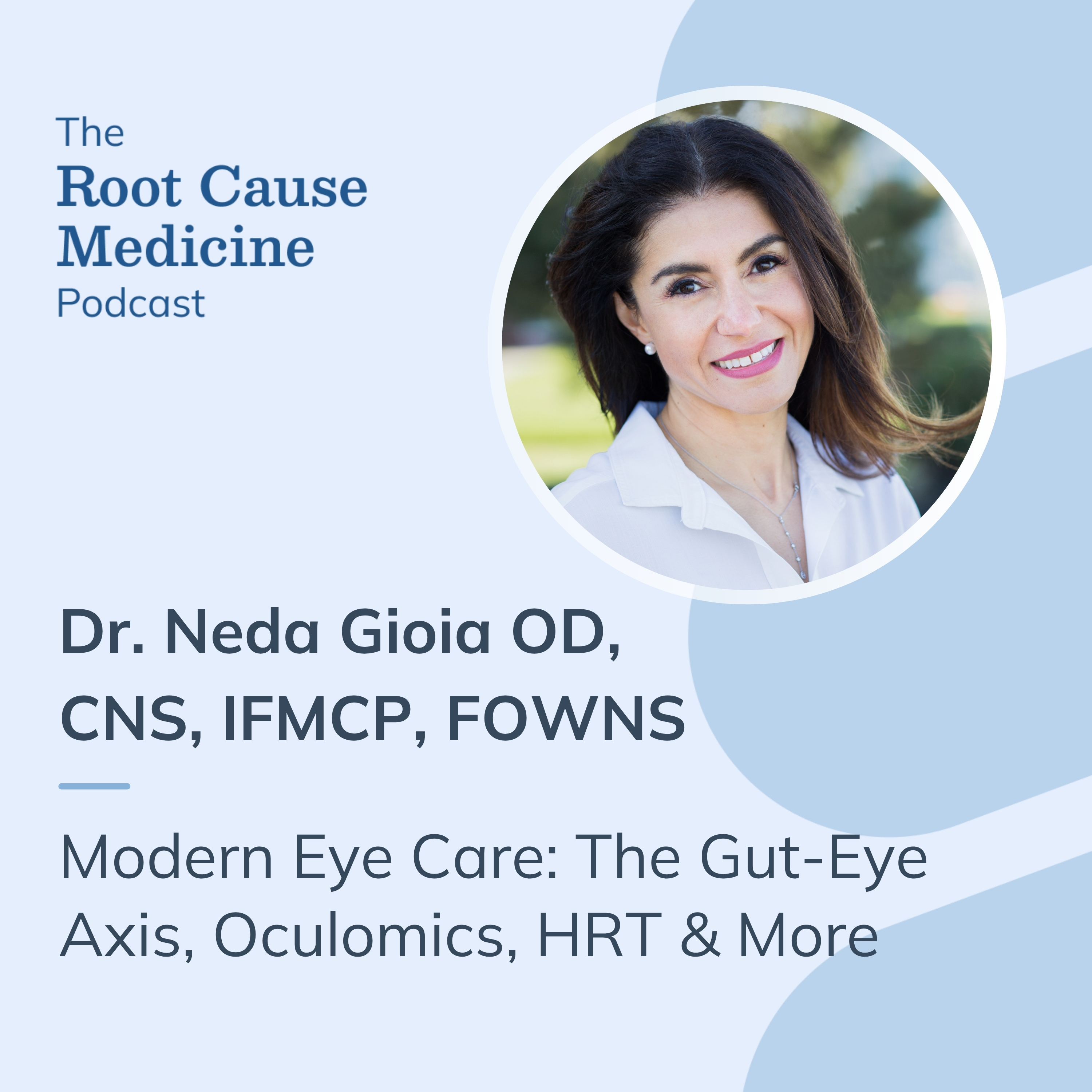
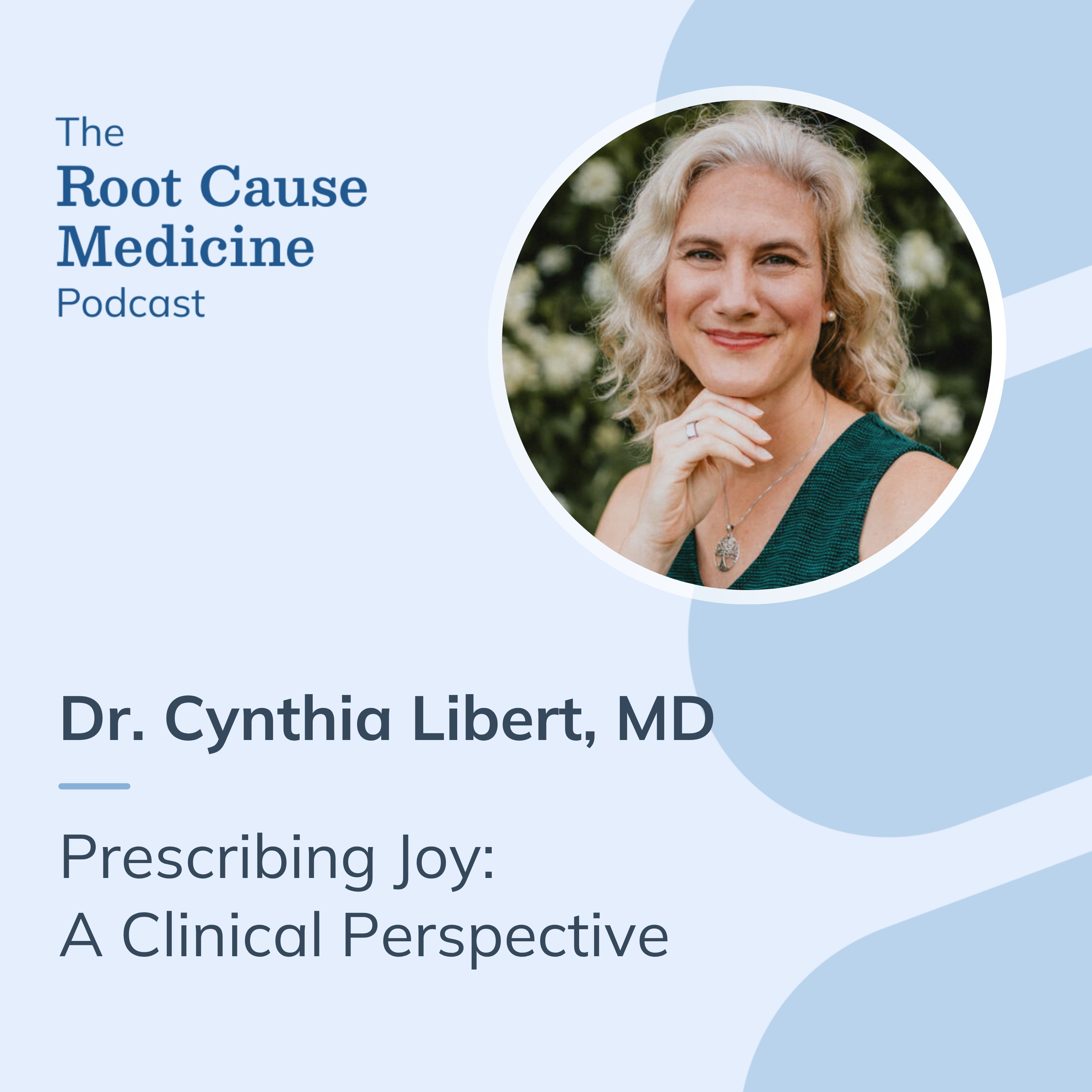
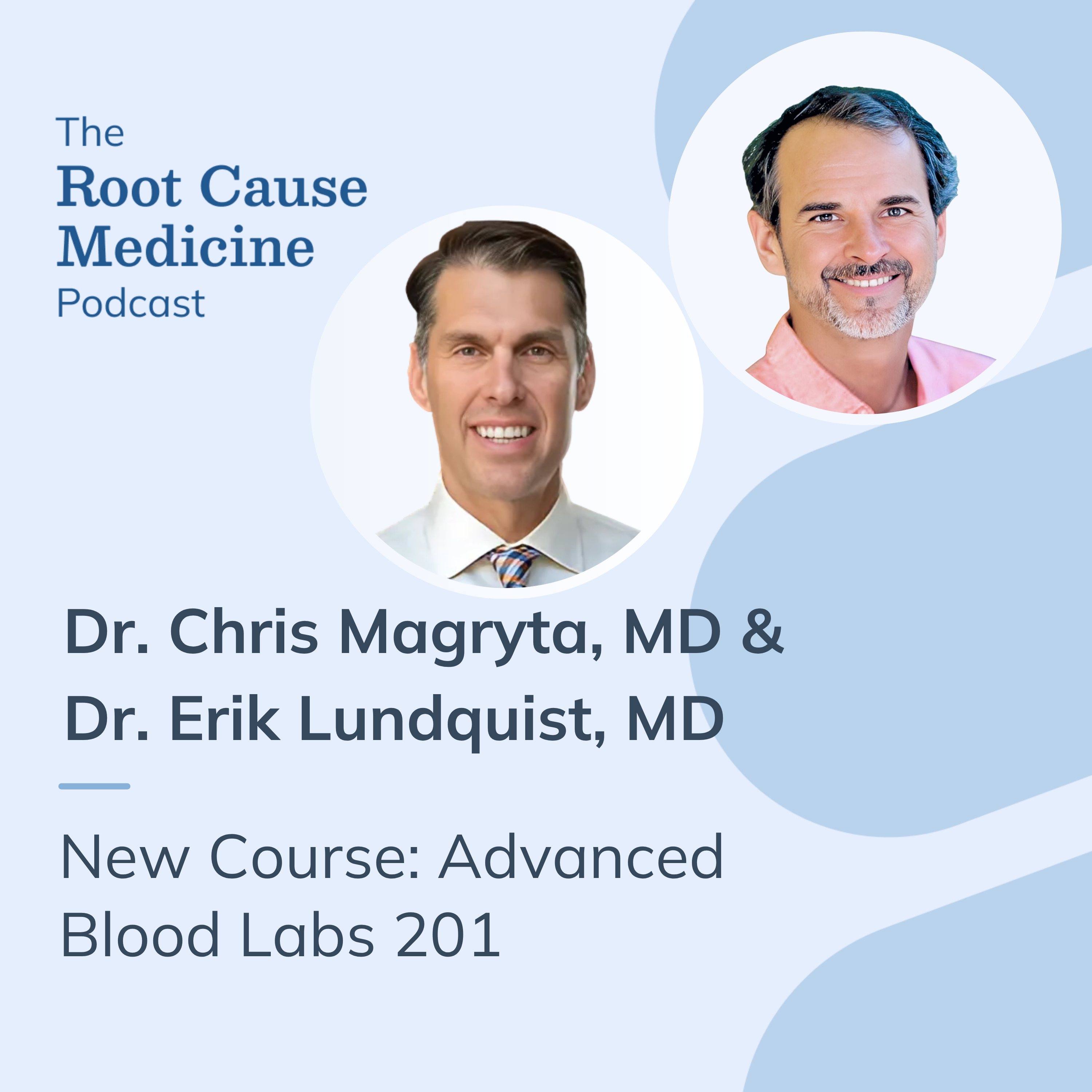




%201.svg)



